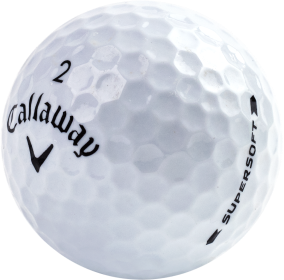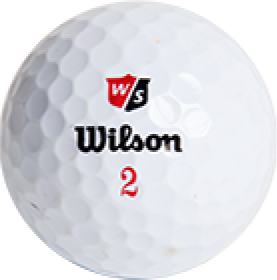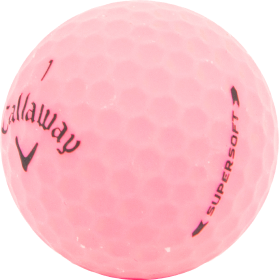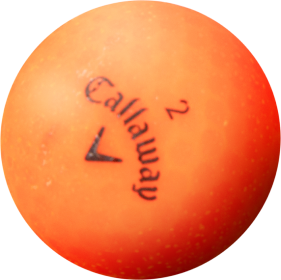Feathery Golf Ball: Evolution in Golf Ball Technology

The Feather-Stuffed Ball Era:
In the early days of golf, players used balls known as featheries. These balls were meticulously handcrafted by stuffing feathers tightly into a leather pouch. In fact, it would require the boiling and steaming of the feathers to be stuffed into the leather pouch and then sealed up. Check out this antique roadshow of a 1840s feathery golf ball. Despite being labor-intensive to produce, featheries provided remarkable performance compared to their predecessors. The tightly packed feathers allowed for better flight characteristics, resulting in longer distances. A welcome technological advancement from wooden balls or animal hair stuffed leather balls. However, they were expensive, prone to damage, and required frequent replacement. How frequently might you ask? These balls exploded on average every 6 holes! The feathery golf ball was a significant milestone in golf ball history.
The Gutta-Percha Revolution:
In the mid-19th century, the introduction of gutta-percha balls marked a significant leap in golf ball technology. Gutta-percha, a rubber-like material derived from the sap of Malaysian trees, offered improved durability and consistency but more importantly was much cheaper to produce than the feathery golf ball. These balls could be manufactured in mass. These balls were molded, allowing for mass production and in turn no longer required each golf ball to be made by hand like that of the feathery golf ball. The gutta-percha's affordability and playability attracted a wider range of golfers, contributing to the sport's popularity. What used to be a very expensive sport was now starting to become more accessible. The gutta percha golf ball history is a key part of the overall golf ball history timeline.
Modern Marvels: Multi-Layer Construction:
As golf entered the modern era, advancements in materials and manufacturing techniques transformed golf ball technology. The introduction of multi-layer construction marked a pivotal moment in golf ball evolution. Manufacturers began using innovative materials, such as ionomers and thermoplastics, to create the core, mantle, and cover layers. Enter the Titleist Pro V1 golf ball. First introduced to the market in the year 2000, it quickly gained popularity among professional golfers and amateurs alike due to its exceptional performance and innovative design. The Pro V1 was a groundbreaking release, featuring a multi-layer construction and a urethane cover that provided improved distance, spin control, and feel. Since its introduction, the Pro V1 has undergone several advancements and iterations, with updated versions being released periodically to further enhance its performance characteristics.
Sustainable Solutions: Recycled and Used Golf Balls:
In recent years, sustainability has become an essential aspect of the golf industry. The concept of recycling and reusing golf balls has gained momentum. Companies like ours collect and recycle used golf balls, providing an eco-friendly alternative. Our recycled golf balls undergo rigorous testing and grading to ensure quality and performance. Some popular models, like the Pro V1, Chrome soft, TP5x and more are available in recycled versions, offering golfers a more sustainable and economical choice without compromising on performance.
Conclusion:
The evolution of golf ball technology from featheries to modern marvels has been a captivating journey. Each era brought unique advancements, pushing the boundaries of performance and enhancing the overall golfing experience. It also helped give more access to more potential golfers by reducing the cost. From the handcrafted featheries to the multi-layered designs of today, golf balls have become highly specialized, catering to the needs of golfers at every skill level. As the industry continues to evolve, the emphasis on sustainability and the availability of recycled and used golf balls ensure that the game can be enjoyed responsibly without compromising performance. The remarkable progress in golf ball technology stands as a testament to human ingenuity and the pursuit of excellence in the sport of golf. The golf ball history timeline showcases these incredible advancements and highlights the importance of sustainable solutions like recycled golf balls.










